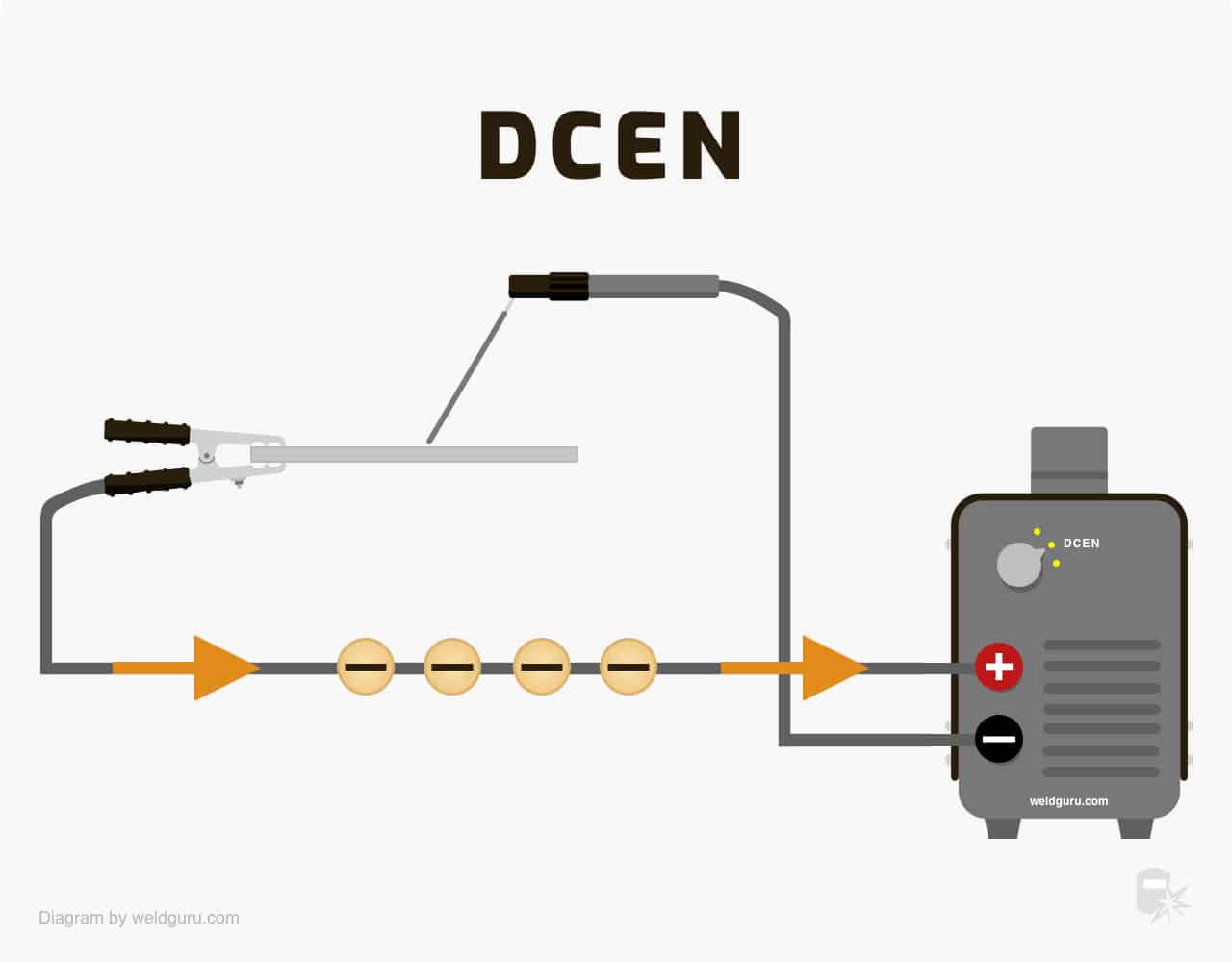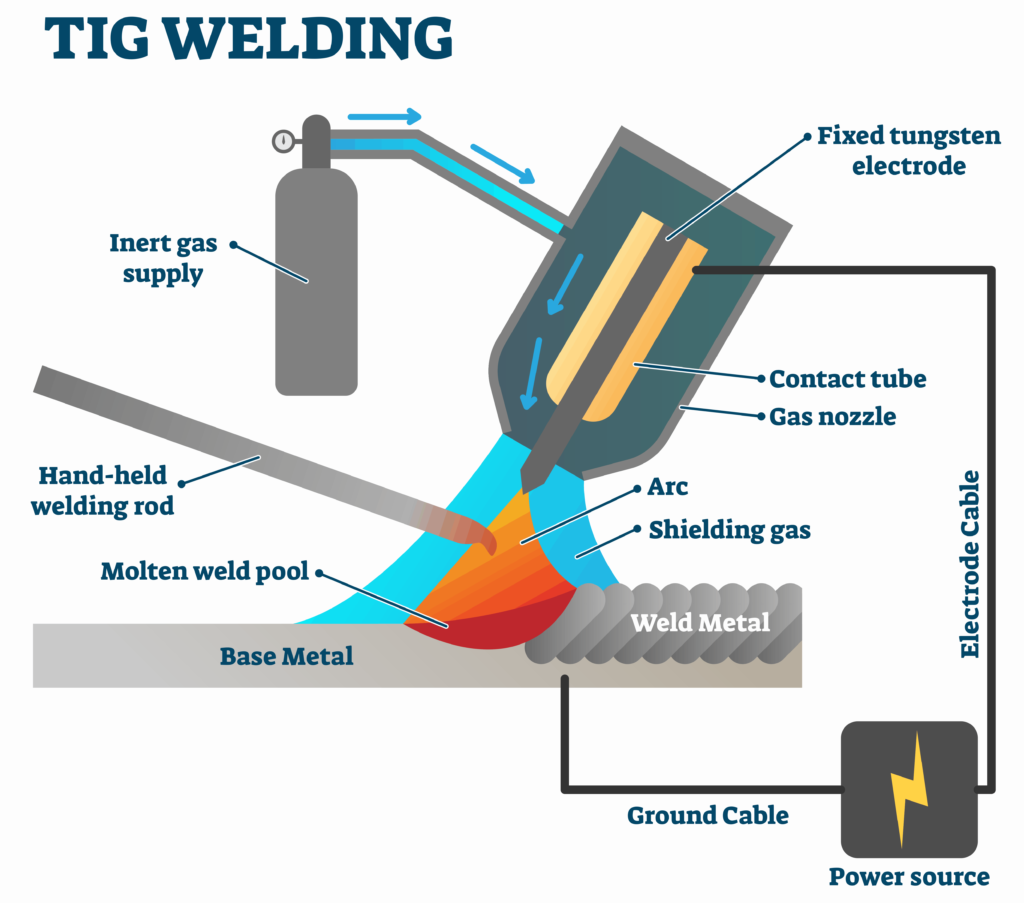Here is the difference between Ac Vs Dc Welding. Welding is an extensive field. AC is basic welding and uses carbon arc welding and brazing. They have changed to DC power increasing the ease of welding first. This means greater scalability. Continue reading the Basics of Arc welding industrial technology and the Difference between AC-DC welding.
Get information from welding training programs by entering your zip code and getting enrollment information. AC/DC may seem like rocket science, right? Continue to read, you’ll learn some basics on arc welds industrial. Equipment differences. Between arcing arc & dc welding. The difference between electric current welding and dilute electric current welding can be clarified below.
Contents
FAQS
What is AC welding?
The flow in which electrons move back and forth and keep changing their position is called AC welding. The AC flow can change its polarity 120 times per second; the polarity changes from negative to positive with the amperage of zero split seconds. If there is zero output, this means its arc is liable to burn or light. In this case, try to find the electrodes specially designed for AC welding.
Those electrodes can save the arc with their special coating. As compared to the DC polarity, the AC welding does have the ability to flutter. The AC welding can transmit current over long distances very easily. That is why the primary use of this type of welding is in our household appliances like high voltage devices.
What are the uses of AC welding?
There are many AC welding applications; mostly, we use them in our household outlets and appliances. Some of the most common uses of AC welding are given below:
Definition of DC welding:
In DC welding, the electrons move in only one direction. The polarity of DC welding can be positive or even negative. Mostly you have seen the DC welding in low voltage devices, like cellphone and remote batteries. In most welding applications, DC polarity is constantly used. In comparison with AC welding, DC welding is smoother, and you will get a stable arc, less spatter, and easier welding. If you want faster deposition rates while welding thin sheets of metals, use negative DC welding. And if you’re going to penetrate it in steel, use positive DC welding.
Applications of DC welding in daily life:
The primary use of DC welding in daily life is in low voltage devices as its electrons penetrate in only a single and straight direction.
What is the difference between AC Vs DC Tig welding?
You will weld steel, stainless steel, aluminum, copper, magnesium, brass, bronze, and even gold in the Tig welding. The Tig welding is the type of DC welding in which you can weld thinner metals and is used in low voltage devices. As compared to the AC welders used to weld at a higher temperature, you can clean the oxide by using this type of welding. The electrons of tig welding move in a single straight direction while the AC welding electrons move back and forth.
Usage of stick welding:
The AC/DC stick welding operates as shielded metal arc welding. Typically, the welding industry used stick welding because the metallic material’s electrodes were turned into sticks. If we define stick welding, it uses electricity to melt different metallic things like rods, electrodes, and stick. It melts both the electrode and the metallic joint so that both pieces are fused and fill the metallic joint with metal. There are 4 different parts in the equipment of AC/DC stick welders, including:
Understanding AC/DC MIG welders
For MIG welding, you have to understand some key things about AC and DC welding. Once you have a perfect grasp of the basics, you can easily use MIG welding. Typically, the word welding is very vast, containing overwhelming things. Whether you learn the fundamentals of both AC and DC welding, you can have a better command in the field of welding. Both AC Vs DC welding is different from each other in different ways but valuable at the same time.
The MIG welding stands for metal inert gas welding. You can also call this type of wedding metal arc welding to fix in the arc welding category efficiently. In the MIG welding, you will be fed through the filler metal in the welding machine. In the MIG welding, you will need heat and current from both suppliers simultaneously, which is present in the filler metal. This type of metal can easily maintain the welding arc.
What is the difference between AC and DC welding?
The difference between AC Vs. DC welding is so common and clear that you use both of these weldings in entirely different places. Some of the common contrasts of both of these welding are given below:
Drawbacks of AC welding:
There are different common uses of AC welding, as I have just listed above, but apart from benefits, there are many other drawbacks while using AC welding. The flaws are listed below:
AC welding drawbacks:
Drawbacks of DC welding:
DC welding is beneficial in low voltage appliances like mobile phones and remote control batteries, but you can also use it in many other things. As the electrons of DC welding will only move straight in a direction, which means it’s a direct current. The drawbacks you will get in the DC welding are given below:

DC welding drawbacks:
Which electrode is perfect for AC Vs DC welding?
The electrode for DC welding is 6010, which is intended to use for direct current generation only. At this type of electrode, you will find a coating of sodium-cellulose type, which is best to provide the best penetration and have many different applications in our daily life.
When you are using the polarity of AC welding, its electrons move back and forth, which means they will go out and then re-establish their polarity by themselves. So, for this type of welding, you will need electrodes with a coating of specific elements helping to keep the arc ignited. These AC welding rods will be 6011, 6013, 7018, and 7024.
About different AC Vs DC welding rods:
Difference between AC and DC arc welding:
Overall, AC Vs DC welding has many differences between each other, but they also differ according to their arc formation. Here is the significant difference between their arc:
Most TIG welding is done.
Most TIG welding styles work good for DC. Steel, stainless steel and copper were all TIGs and could be Welded Best in direct current. Excellent penetration, smooth beads and strong joints are all cured by TIG welding. A few welding machines are AC/DC to make it simpler for aluminum but the rest are DC based.

Thinner metals
DC welding is excellent for a thick metal. If you move very slowly with dense stock you can cause further damage as the metal deteriorates. Speed is important to welding sheets of metal. Any thing that slows you can be deadly. When using DC, it means sheets are more reliable so you have to work quicker.
Voltage
The AC Weld Machinery has a lower voltage drop hence being more versatile. DC machines have less voltages so they should be used for greater distances.
Problems with AC current on stick welding
Tesla and Edison met on that trip when Tesla came to America seeking work with a glowing letter requesting that Edison read Edison. Edison got Tesla to improve his Electric Converter model. Tesla then claimed he wouldn’t be paid enough. Edison said Tesla has long held that the ability to use AC motors and electrical power is extremely dangerous. Tesla rebutted the notion that AC would be more efficient, more economical and more reliable than DC. The rivalry reached its peak on the 1893 Chicago World Fair. There was a competition war to determine who could control the fair. In the final analysis Westinghouse used Tesla’s AC in the competition. The cost: 399000 versus $454,000.
Is MIG welding DC or AC?
Most of MIGs are DC. A group of terminals must be available to establish the polarity of the gas and gasless system. Torch is gaseous. Many truly affordable gasoline-free models are AC.
Is AC or DC better for welding?
Direct current polarity is used in a vast amount of welding applications. It produces a stronger arc, simplifies assembly and produces no spin. For welding thin sheet metal a DC negative or DC positive device is used to get faster deposition speeds. DC Positive is used to increase the penetration of steel.
Is AC welding dangerous?
While an arc welder is extremely safe when designed well, it also exposes its user to various hazards. Such includes noxious ozones, dusts and burns as well as blazes and explosions. All these possibilities could lead to serious injuries or death.
Conclusion:
The whole article was about AC Vs. DC welding is typically different from each other in many aspects. As their uses are different, you will need high voltage for AC and low for DC welding. There are different types of electrodes with the numbers 6010, 6011, 6013, 7018, and 7024, in which only 6010 is for DC welding. Further information about the application and uses of AC and DC welding is given for your further understanding.